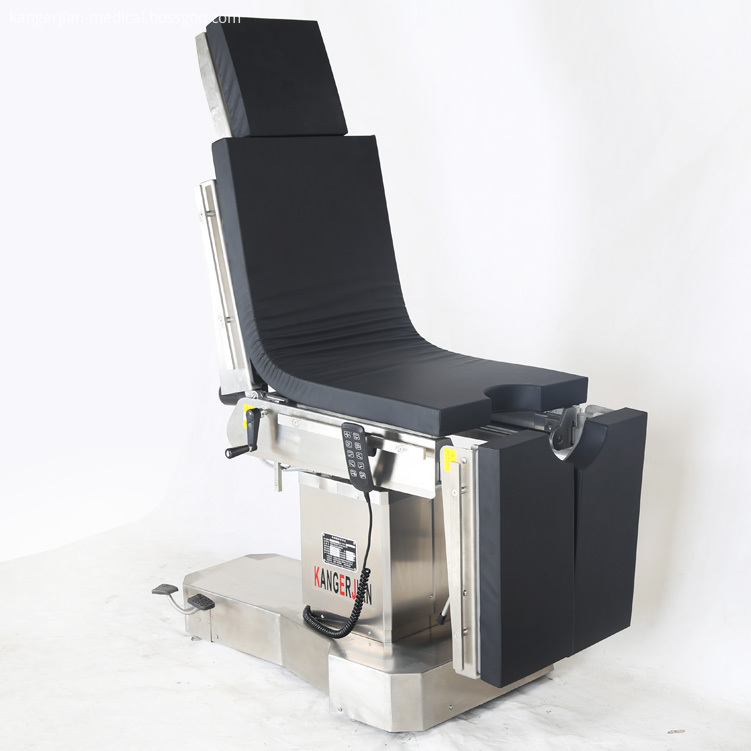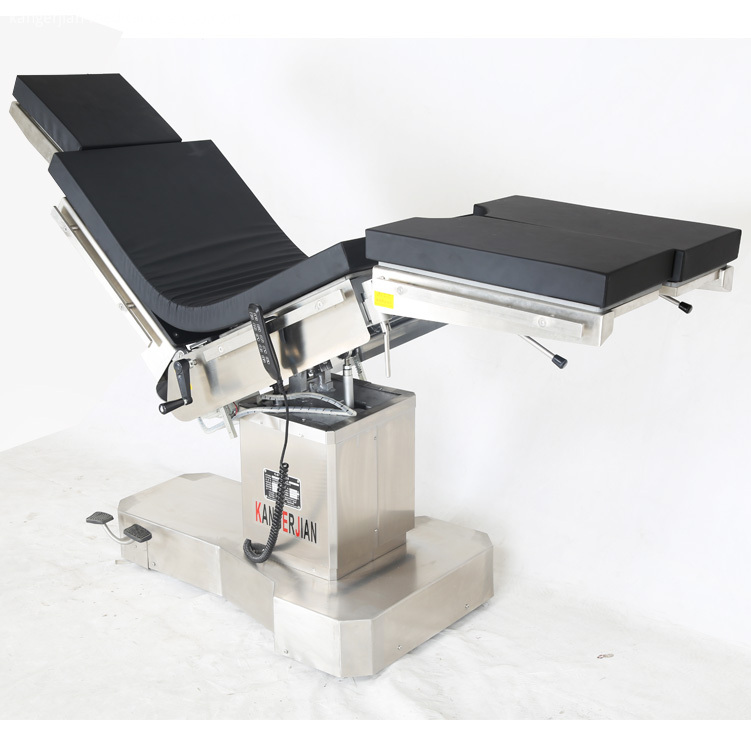Mint is a perennial herb belonging to the family Lamiaceae, which is used for medicinal purposes and is an aromatic oil crop. Peppermint oil and menthol are also important export commodities in China. Mainly produced in Jiangsu, Zhejiang, Anhui, Jiangxi, Henan, Sichuan and other provinces. Now it is cultivated all over the country, and its output ranks first in the world. In recent years, the authors have conducted preliminary studies on peppermint rust, which is a common and serious cause of spearmint, and is reported below. 1 Symptoms develop on leaves and stems, initially forming a spindle-shaped yellow spot on the surface, followed by hypertrophy and the release of rust-colored powder (rust spores). Later, white spots appeared on the surface, followed by round light brown powder (summer spores). In the later period, the black phosporidium piles on the back. In severe cases, the leaves withered and the whole plant died. 2 Pathogens were identified by the infection of Puccinia menthae Pers genus of the genus Basidiomycetes, Pyrroaceae, Puccinia menthae Pers. Sporulators are born on both sides and stems of leaves, yellow or brown. The sexual spores are colorless and oval in shape and are born in the sexual organ. Rust spores are mostly born on the dorsal or petiole and stem, cup-shaped. The rust spores are born in rust spores, spherical or elliptical, pale yellow, densely thorny. The summer spores were born on rust-backed yellow or brown spots, and were exposed early; the summer spores were nearly spherical to elliptical, the middle contracted, yellow, barbed, and bud hole. The teliospore was born on the dorsal, petiole or stem, bare, dark brown; winter spores oval, chestnut brown, semi-circular protrusions at the top, slightly contracted at the separation, the surface has short stings, handle colorless. 3 infestation cycle The disease winter and winter spores in the victim's overwintering. Pathogens often form intermediate spores that can overwinter and infect and become the primary source of infection for the following year. From June to July coincided with the rainy season, repeated infestation with the summer spores on the peppermint formed a peak period in the field. According to indoor and outdoor observations, the summer spores germinate best at 18-22°C. Survivable for 187 days at low temperature; teliospores formed below 15°C and microspores infested after winter. In early October, the germs produced a black teliospore on the back of the leaves. The winter spores and summer spores were overwintered in the diseased plant residues. 4 Prevention Opinions (1) Clean the garden, eliminate the source of sterilization. In October-November, peppermint was harvested and cultivated and weeded. Combined with clean gardens, weeds and sick leaves were collectively burned or piled up as fertilizer, which can reduce the sources of infestation in early winter. (2) Proper close planting and timely replanting. According to the density test, 667 square meters of planting 25,000-30,000 plants are the best, which can prevent disease and increase production. After transplanting to survive, when the height of the seedling is 10cm and the missing tree is found, the seedling shall be promptly filled. (3) Strengthen field management. 1 timely cultivation and weeding. The second weeding should be carried out after transplanting or when the seedling height is 7 to 10 cm. The cultivator should be shallow and avoid root damage. The second time before the closure of the plant in early June, shallow topsoil. After harvesting the mint for the third time in July, the net weeds were removed and old rhizomes were removed to promote germination. The fourth time in September, weeds were removed. After harvesting mint for the fifth time in October-November, we will combine the clean garden with deep sorghum to build the foundation for cultivating strong seedlings in the coming year. The fertilizer is applied 5 times in 2 years, and it is carried out after each weeding and weeding. In the early growth stage, nitrogen is dominant, which promotes vigorous growth of stems and leaves. The first four 667 square meters of decomposed human livestock manure water 1500-2000kg. The last one winter fertilizer, 2500kg per 667 square meters and 50kg of cake fertilizer were mixed and piled up. After applying the manure between the rows, the soil was covered with fertilizer after the application, so that Lili spring emerged neatly, grew robust, and layed a solid foundation for disease prevention and yield increase. Good foundation. 3 timely drainage, timely irrigation. In the period of July to August, when it is exposed to high temperature, dryness and drought, it is necessary to provide drought-resistant seedlings in time. Moisten the soil in time after harvest to facilitate germination of new seedlings. After the rainy season and heavy rain, it is necessary to clear the gutter drainage. Reduce the humidity in the field and reduce the disease. 4 topping to increase production and income. Selecting the top buds of the seedlings on a sunny day in May may promote more branches and increase production. Seedlings that are propagated in separate plants grow slowly and have a relatively low density. By topping, they can promote lateral branch growth, increase density, and increase production. (4) Chemical control. The test results show that the early stage of the disease can be sprayed with wave 0.5 lime sulfur, spray dilution 2250-3000kg per hectare. After onset, use 50%, dinitrate (regulatory ling) WP (WP, the same below) 150 to 200 times the liquid. In the peak period of onset, 25% rustin WP, 50% carbendazim WP, or 50% tetromycin WP were sprayed at 1000 times, respectively, and their control effects were 79%, 75.5%, and 70.9%, respectively. Therefore, during the peak period of onset, 25% rust WP 1000 times spray, the best effect, the general use of agricultural control and chemical control methods combined better.
Electric power source Operating Table , selection of Motor push rod power, high quality and reliability. Electric Surgical Table, 2. Use imported gas spring as the manual power source of the operating table, stable performance. Electric OT Table, 3. Operating table using medical-grade 304 stainless steel, more modern, cleaner and more convenient. Integrated operating table, Electric Surgery Table, 4. High-strength stainless steel bottom cover, compressive ability, anti-corrosion, easy to clean. 5 head and leg plate removable, easy to operate, provide more flexible surgical space. Electric Operation Table, 6. Hand control, and has a key switch to prevent misuse. 7. Operating table base has a fixed or mobile function, mobile and flexible, fixed and reliable. 8. Countertop optional built-in waist bridge, gallbladder, kidney and other operations to provide convenience. Hospital integrated operating table, 9. Optional built-in battery to protect the operating table without interruption. 10. Table optional longitudinal translation, to achieve all-C shooting.



Electric Operating Table
Electric Operating Table,Electric Hospital Beds,Electric Medical Operating Table,Medical Electric Operating Table
Shandong Kang'erjian Medical Technology Ltd. , http://www.kangerjian-medical.com


